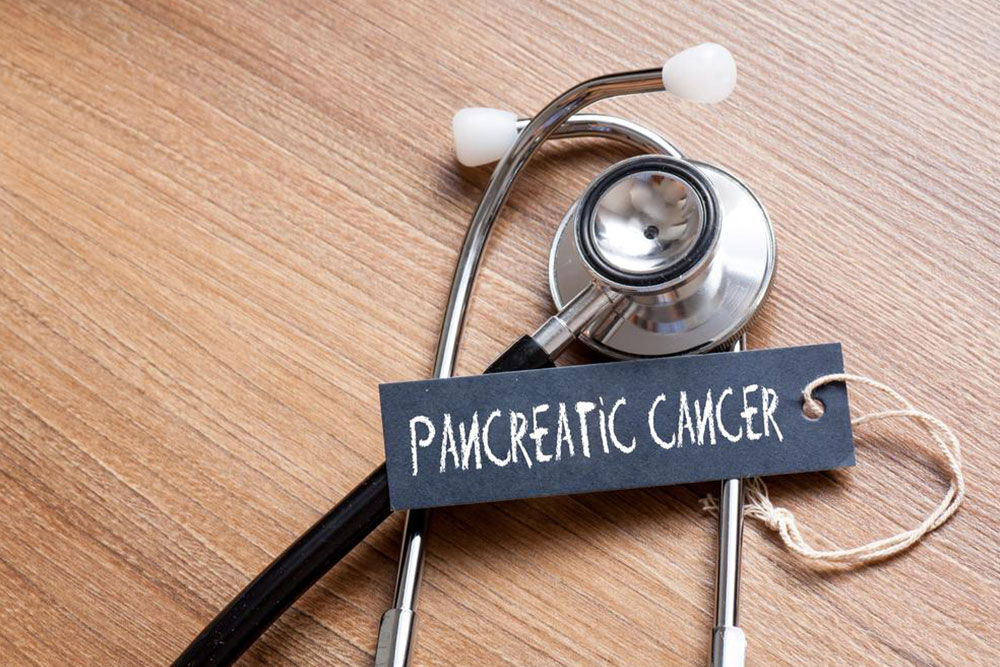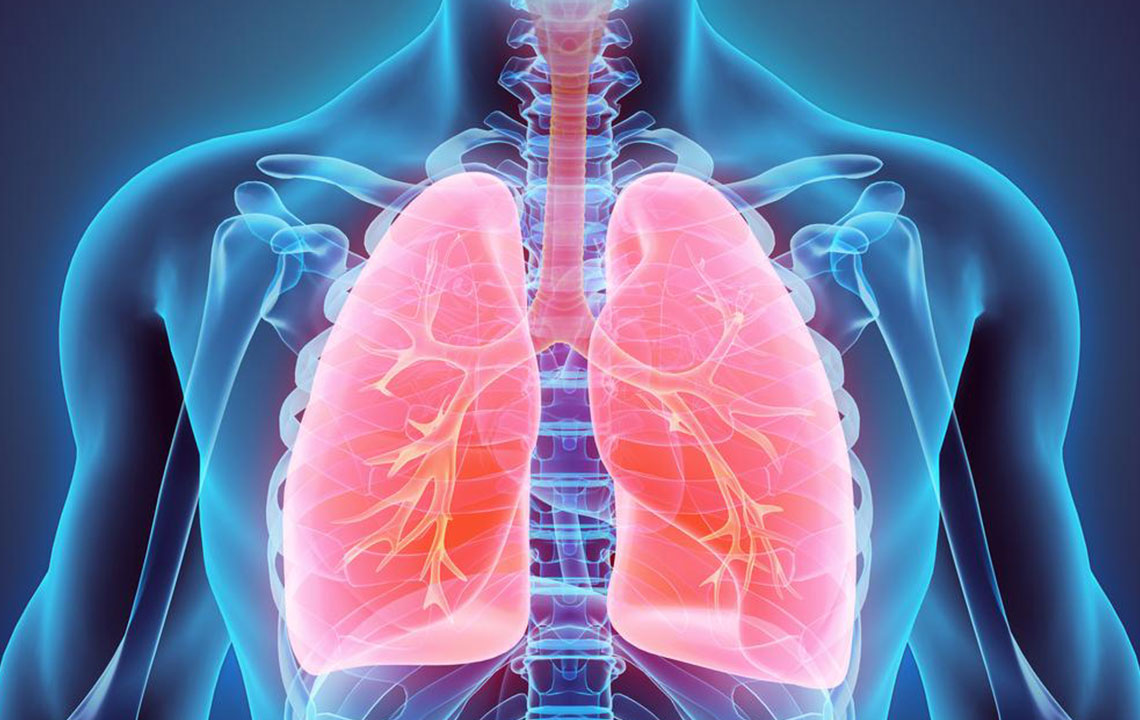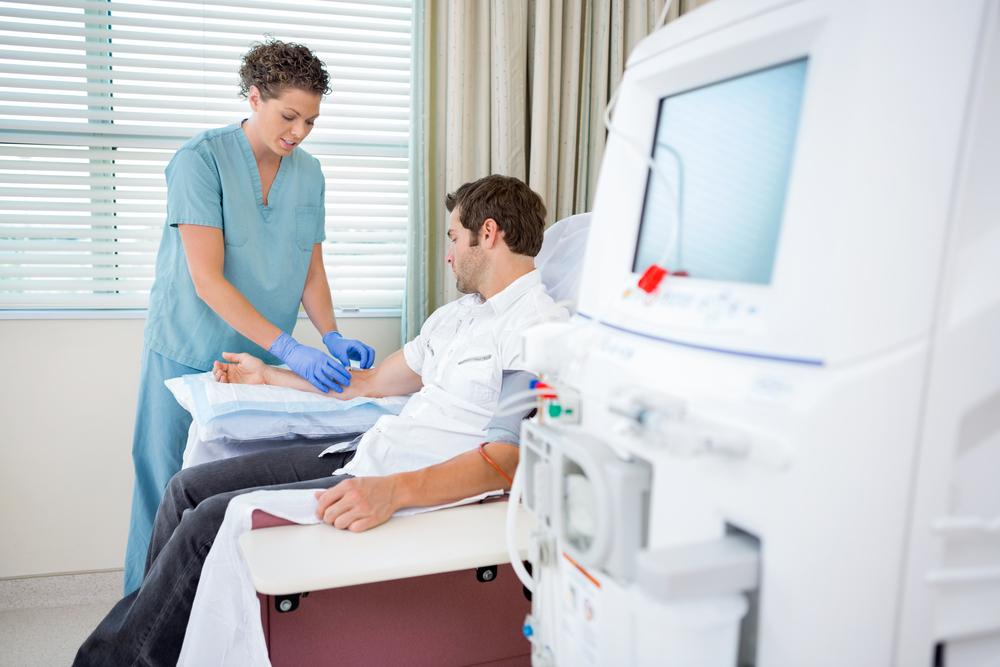Understanding Pancreatic Cancer: Symptoms and Treatment Options
This article explores the symptoms and treatments of pancreatic cancer, emphasizing the importance of early detection. It details how symptoms vary based on tumor location, including digestive issues, systemic effects like diabetes, and skin changes such as jaundice. Recognizing these signs can aid timely medical intervention, improving recovery prospects. The content aims to raise awareness about this often-undetected disease and provides general guidance for understanding its progression and symptoms.

Understanding Pancreatic Cancer: Symptoms and Treatment Options
Pancreatic cancer originates in the pancreas and is challenging to detect early due to minimal initial symptoms. Often, it remains unnoticed until it advances, making treatment more difficult and reducing the chances of successful recovery. Recognizing early signs is crucial for timely intervention. The symptoms vary depending on the tumor's location within the pancreas.
Location-Dependent Symptoms: If the tumor develops in the head of the pancreas, symptoms may include jaundice (yellowing skin and eyes), nausea, vomiting, abdominal or back pain, itching, and swollen lymph nodes. Tumors in the body or tail can cause unexplained weight loss, persistent back pain, and upper abdominal discomfort.
Digestive System Symptoms: Over 80% of patients experience abdominal pain, along with bloating and diarrhea caused by tumor growth. Pale stools and nausea are also common, with pain often radiating to the back, intensifying discomfort.
Whole-Body Effects: The disease can impact overall health, leading to increased blood sugar levels and potential development of diabetes due to pancreatic malfunction. Loss of appetite, fatigue, and headaches from hunger are frequent, as the pancreas' insulin production is compromised.
Skin Changes: Jaundice may cause a yellowish complexion and itching, often signaling advanced disease.










